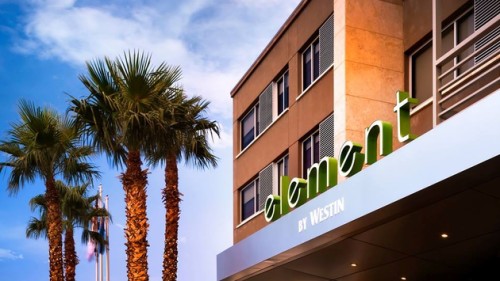The self-betterment trip used to be simple.
It often involved a trip to the exotic east, some meditation and yoga, maybe a massage or facial or three.
Now, it still often involves a trip to the exotic east, but the relaxed face upon your return is just as likely due to Botox, microdermabrasion or fillers as it is to meditation.
We know that cosmetic tourism is thriving.
Last year, more than 23 million cosmetic surgical and non-surgical procedures were performed worldwide and around 15,000 Australians travelled overseas for their treatments.
Likewise, wellness tourism is growing at a rate of around 10 percent a year and now accounts for about 14 per cent, or nearly $439 billion, of all domestic and international tourism.
Interestingly, a growing number of Australians are now combining their overseas cleanse with a little cosmetic enhancement.
I was surprised to learn this, when I went to Bali recently to try out treatments at the non-surgical cosmetic spa, Cocoon Medical.
I went for beauty spa treatments than cosmetic, with mesotherapy, LED red light therapy and a gold collagen mask followed by a vitamin infusion in a salt room.
Staying at nearby Nuala retreat, where juice ‘detoxes’ are the order of the day, the host revealed that many retreat-goers would nip off to Cocoon for bit of a facial filler, wrinkle-reduction or other cosmetic pick-me-up.
I’d have thought those chasing spiritual and superficial betterment were on opposite sides of the tourism spectrum.
But, the fusion of the two seems to be the modern version of a holistic upgrade.
And perhaps it shouldn’t be such a surprise given the number of yoga teachers in Sydney who have breast implants, Botox and lips they weren’t born with.
And cosmetic clinics are embracing these new recruits.
Cocoon, for instance, offers treatments typically found at a ‘detox’ retreat – colonics, infrared saunas and vitamin C infusions, as well as their more standard offerings of peels, dermal fillers, Botox and threading.
The fact that people are experimenting with combinations of such treatments is also unsurprising. Overseas, while the risks are potentially greater depending on where you go, the prices are substantially cheaper.
Botox is around $9 a unit compared with around $20 per unit in Sydney. A vitamin infusion, which delivers 30 times the highest oral dosage of the vitamin, on the other hand might cost around $250 a pop in Australia, while a colonic, sauna and massage package is around $200. In Bali however, you’re looking at $230 for the lot.
So unusual as it may seem, self-betterment, these days it would appear, has had an injection and the metaphysical is firmly planted in the material world.
And the glow is inside and out.
source: http://www.smh.com.au / The Sydney Morning Herald / Home> Life & Style> Beauty / by Sarah Berry / December 25th, 2014



